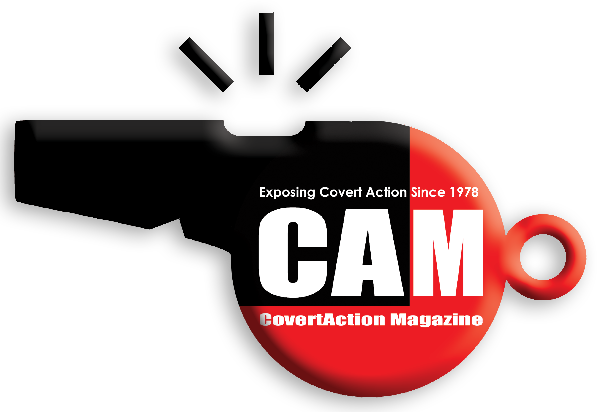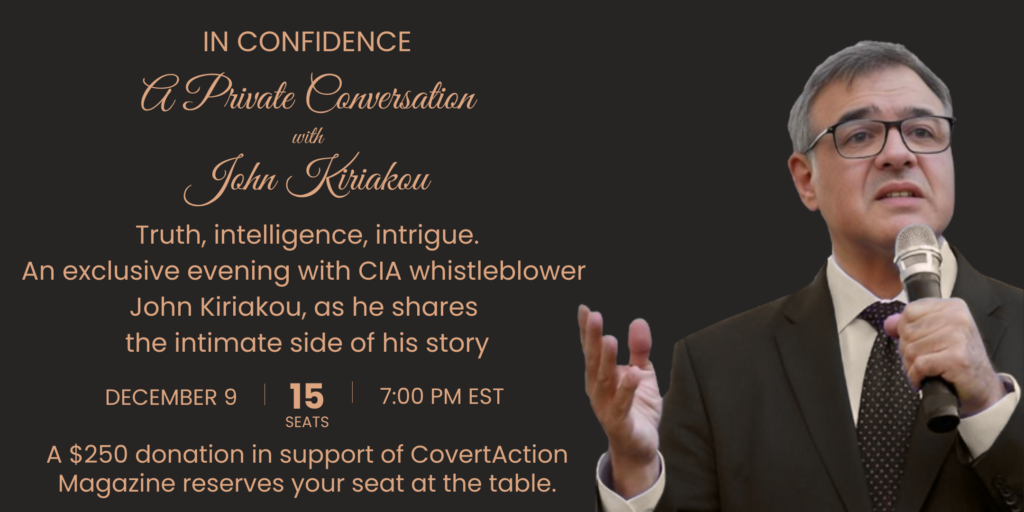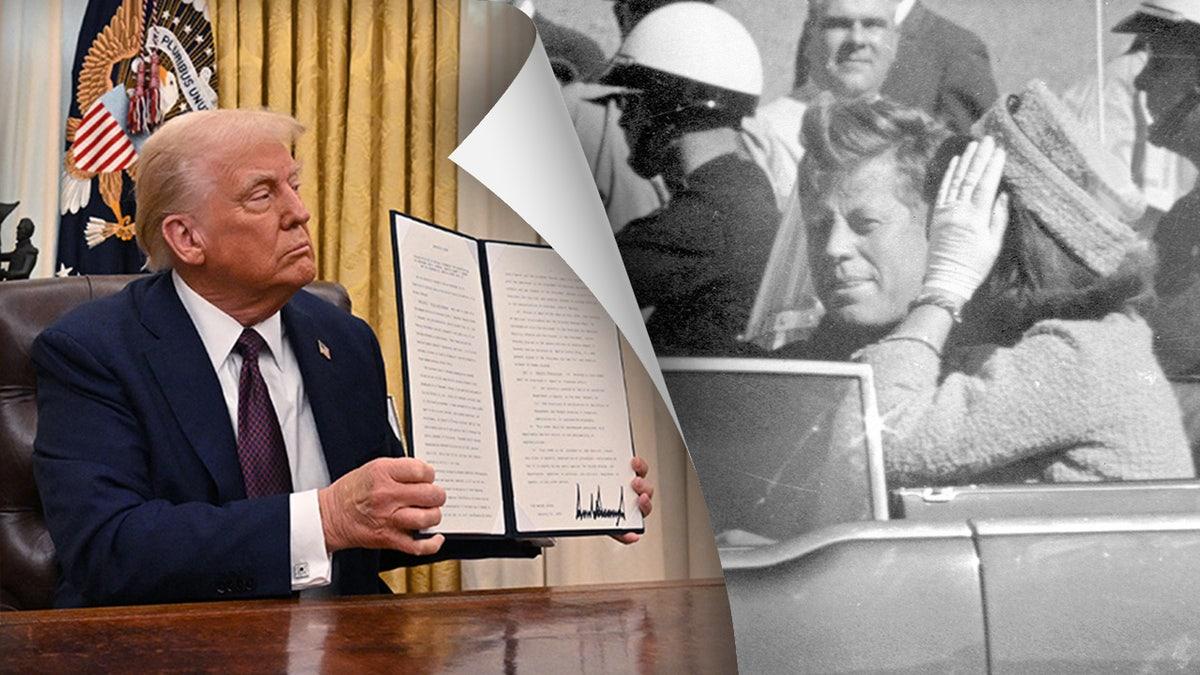
Much excitement has accompanied the Trump administration’s release of declassified documents in the John F. Kennedy, Robert F. Kennedy and Martin Luther King, Jr., files. While these documents have not yielded any smoking guns, they do provide important documentation of CIA and other secretive government activities during the 1960s. CovertAction Magazine (CAM) is busy rummaging through these documents and will publish one or two revealing documents each month. The first document below sheds light on some of the wide-ranging CIA covert operations in Vietnam, South America and Cuba during the early 1960s. CAM has included insertion of some relevant photos to accompany the document; however, the words are as contained in the original document. Here it is below:
THE WHITE HOUSE TOP SECRET WASHINGTON September 10, 1963 MEMORANDUM FOR THE FILE SUBJECT: Board Panel on Covert Action Operations
The Board Panel met in the Board’s offices on September 6, 1963. Panel members present were Mr. Robert Murphy, Chairman; Mr. Gordon Gray; and Dr. William Langer. Messrs. Coyne and Ash also attended the meeting.
During the course of its meeting the Panel was briefed by Mr. Richard Helms (Deputy DCI/Plans, CIA) and his assistants, Mr. Cord Meyer and Mr. Desmond Fitzgerald (head of CIA’s headquarters staff dealing with Cuba).
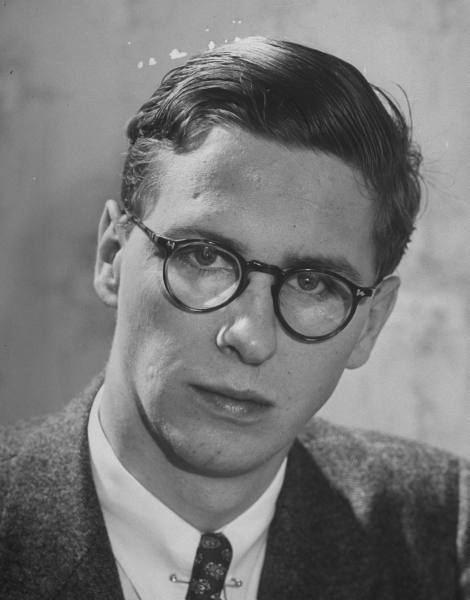
Highlights of the briefings were as follows: British Guiana MESSRS. HELMS and MEYER For a 79-day period ending in July, the anti-Jagan Trades Union Congress maintained a general strike which was directed against the Jagan regime, and had wide support among agrarian and industrial workers in protest against an oppressive Labor Bill proposed by Communist-oriented Jagan. CIA worked out with George Meany a program of CIA financial support ($435,000) to the strike under the cover of “AFL-CIO contributions.” A CIA cover representative ran the strike program. The activity was tricky because the United States and the British desired to avoid violence; and the situation was complicated by the fact that the British Governor-General opposed the strike.
CIA assesses the operation as a succéss because even though Jagan was not unseated, the oppressive Labor Bill was withdrawn and the TUC survived. The strike activity took place against a background of agreement between President Kennedy and MacMillan [sic] that the British will not pull out of Guiana for an indefinite future period, in the hope that a Communist government will not fill the vacuum when the British do withdraw. Cuban influence in the strike was in the form of a $1 million advance from Cuba to the Guiana Import-Export Corporation (an arm of Jagan’s East Indian Peoples Progressive Party) which in turn was borrowed by the Jagan regime. Soviet help was indicated by a rumored transfer of over $100,000 to Jagan’s Party through banks.
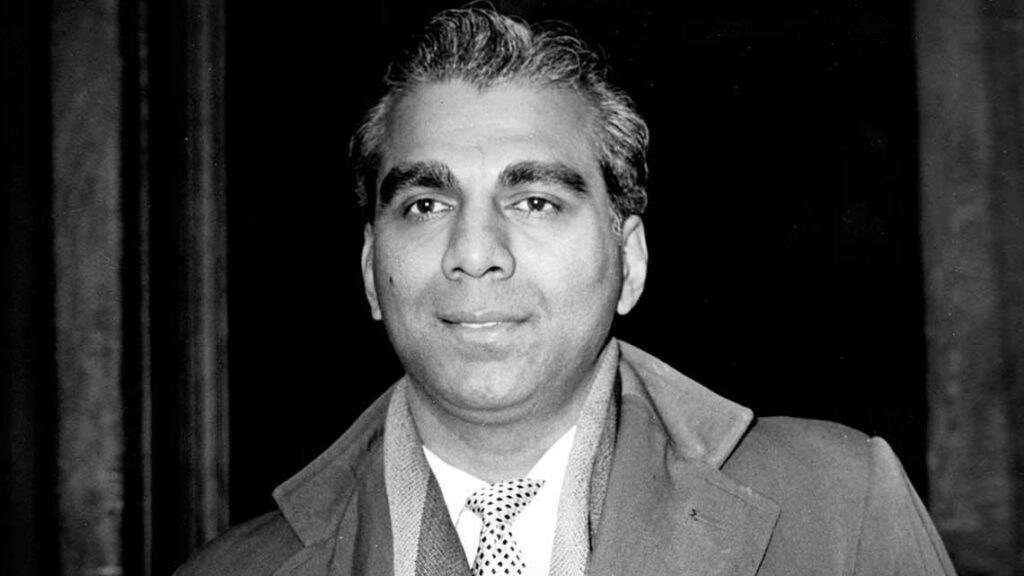
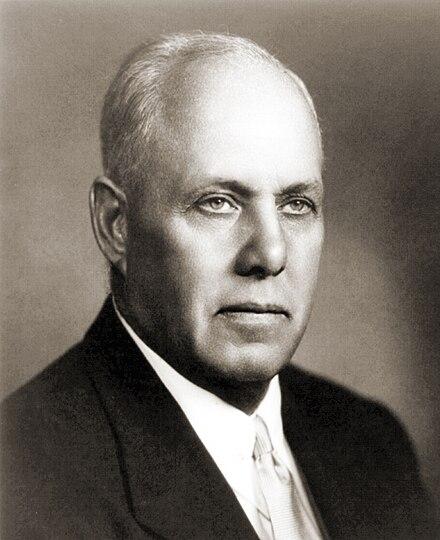
Page 3 TOP SECRET TOP SECRET CIA at present is providing $5,000 to the PNC Party made up of anti-Jagan Africans in Guiana, and CIA is sending a Negro cover representative from New York to aid the African Party. (CIA considers that Mrs. Jagan, a known Communist from Chicago, is the brains and guts of the Jagan operation.) Haiti CIA has surveyed the intentions and capabilities of various Haitian exile groups and has supplied them with token amounts of money to test them out. Efforts of the groups to form a united front have failed, and in the Dominican Republic Juan Bosch has reversed his intention to help unseat Devalier [sic] for the present.
Ten days ago CIA dropped 100 rifles and ammunition to one Haitian exile group which has been given sanctuary by a Dominican Republic commander stationed on the border. Dominican Republic In this country there is a lack of democratic institutions political party structure, labor unions, or cooperatives of an effective nature. Juan Bosch spends more time debating charges by political opponents than in performing the administrative job of running the country. Bosch is an extreme conservative, economically, and refuses to spend moneys in excess of assured revenues.
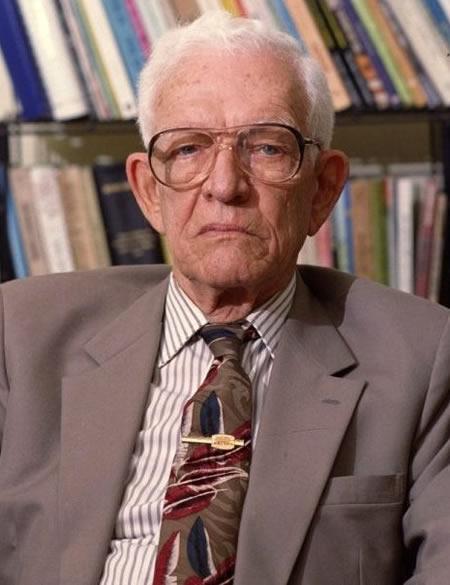
A twenty per cent unemployment figure is a major problem. Bosch has strengthened his Cabinet at the urging of the U. S. Ambassador, and has made peace with church elements (with CIA’s help). Opposition to Bosch is from the right and from parts of the Army. He has met individual Communist moves as they arise (e.g., an attempted infiltration of the Planning Commission), but he is not pursuing an over-all anti-Communist program or crusade. Although Bosch is considered by CIA to be anti-Castro and anti-Soviet, he has not clamped down on returning trainees from Cuba. The twenty per cent unemployment situation provides the basis for a coup in the months ahead. Meanwhile the Army strong-man Embert (one of Trujillo’s assassins) waits in the wings.
Vietnam CIA’s role in Vietnam during the past two years has been two-fold:
Page 4 -2- TOP SECRET TOP SECRET (1) Total support of the war against the Viet Cong, including the training of some 43,000 irregulars (now turned over to U. S. Special Forces); support to the mountain people in operations against the Viet Cong; and CIA training of U. S. Special Forces in South Vietnam. (2) CIA support of infiltration operations in North Vietnam. (Not a great success. High losses of teams.) a In response to/question based on recent U. S. press allegations that CIA is attempting to overthrow the Diem government: “CIA has never engaged in any such operations whatsoever — no instigation of the Buddhists — nothing.” CIA considers that anti-CIA expressions of this kind originate with Madame Nhu.
The Viet Cong has been working on the Buddhists, but the Buddhist leader who took sanctuary in the U. S. Embassy has indicated that the Buddhist activity is motivated by a desire to unify what is a loosely-joined, individual-Pagoda-type religious movement. August 20 saw the temple raids, martial law, and then the arrests of students. One U. S. reaction was an August 24 cablegram from the State Department (presumably hastily prepared) which, in nice diplomatic language to State Department representatives in Saigon, gave the word to “unload the Nhus”—i.e., indicate to the anti-Diem plotters among the Generals that they should get moving. However, the Generals proved to be lacking in any intentim [sic] to pursue their previously-professed anti-Diem sentiments.
CIA considers that the August 24 State Department cablegram was the result of a miscalculation of the General’s true capabilities and intentions. CIA understands that subsequently the Executive Committee of the NSC has met frequently on the subject, and more recent State Department cables have reflected a revision of the earlier “unload the Nhus” message. As yet the political situation in South Vietnam has not had an adverse effect on the military effort, nor any increased Viet Cong moves to capitalize on the situation. (Mr. Helms departed at this point.) Italy With approval by the Special NSC 5412/2 Group, the Christian Democratic Party was supported by CIA to the tune of $1 million in the campaign leading to the June elections (plus $600,000 to other political elements in Italy). CIA’s rationale for the loss of CDP strength in the elections is that (1) there was a loss of votes among the workers from the south who were given the Communist treatment when they moved to the northern cities.
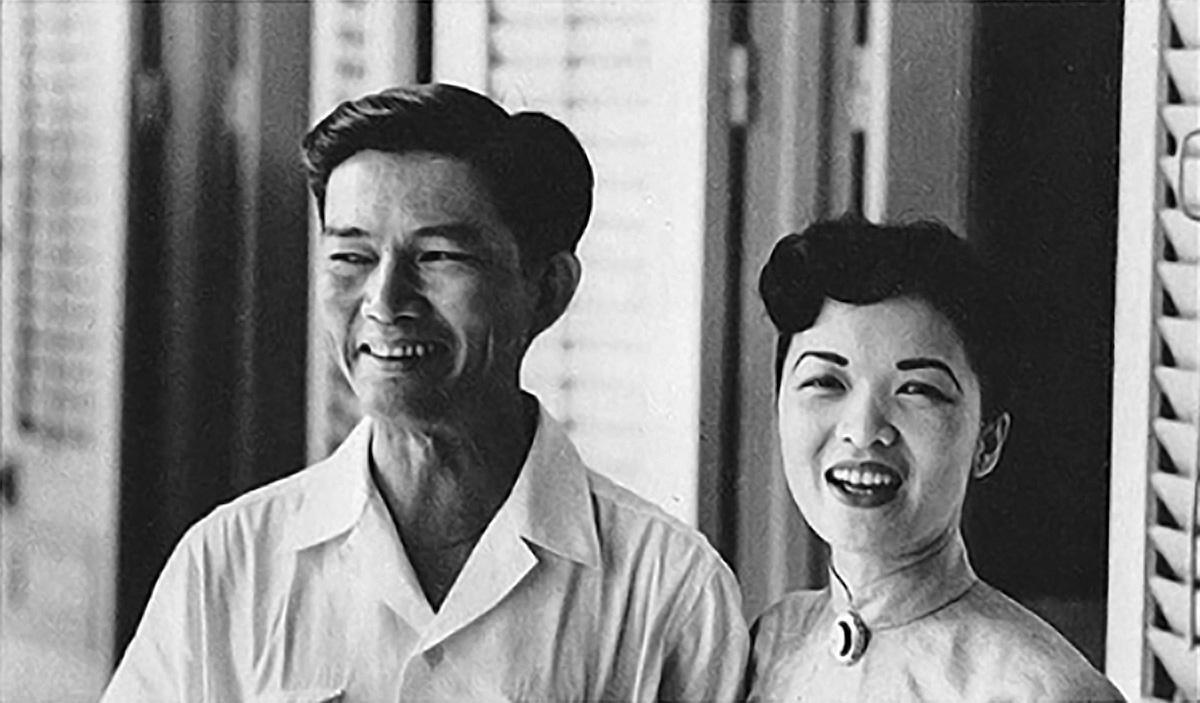
Page 5 -3- TOP SECRET TOP SECRET (2) Fanfani, and (3) the Papal audience given to Khrushchev’s son-in-law had an effect on anti-Communist religious Italians, including wives of the workers who had previously been able to persuade their husbands to vote against the Communist candidates. Meanwhile the Special Group has authorized CIA to spend $125,000 to support the CDP in current developments looking toward the establishment of a center-left government coalition. Bolivia The Special Group has authorized a unique effort by CIA in support of Paz Estancero’s program to “rationalize” the tin mines—1.e., a project calling for the firing of surplus tin miners and resettling them in new jobs.
This will take some time, but may result in breaking the leftist influence among the Bolivian miners. Brazil Goulart is engaged in coordinated efforts to (1) discredit the legislature, (2) obtain backing of the Army, and (3) make a demagogic appeal to the Brazilizn [sic] people as the only leader who can serve their interests. CIA is carrying out covert action in the labor movement and CIA believes that Communist control can be weakened. In student groups, a number of CIA operations are going and assets are in place (e.g., in the top executive committee of the Students’ Federation).
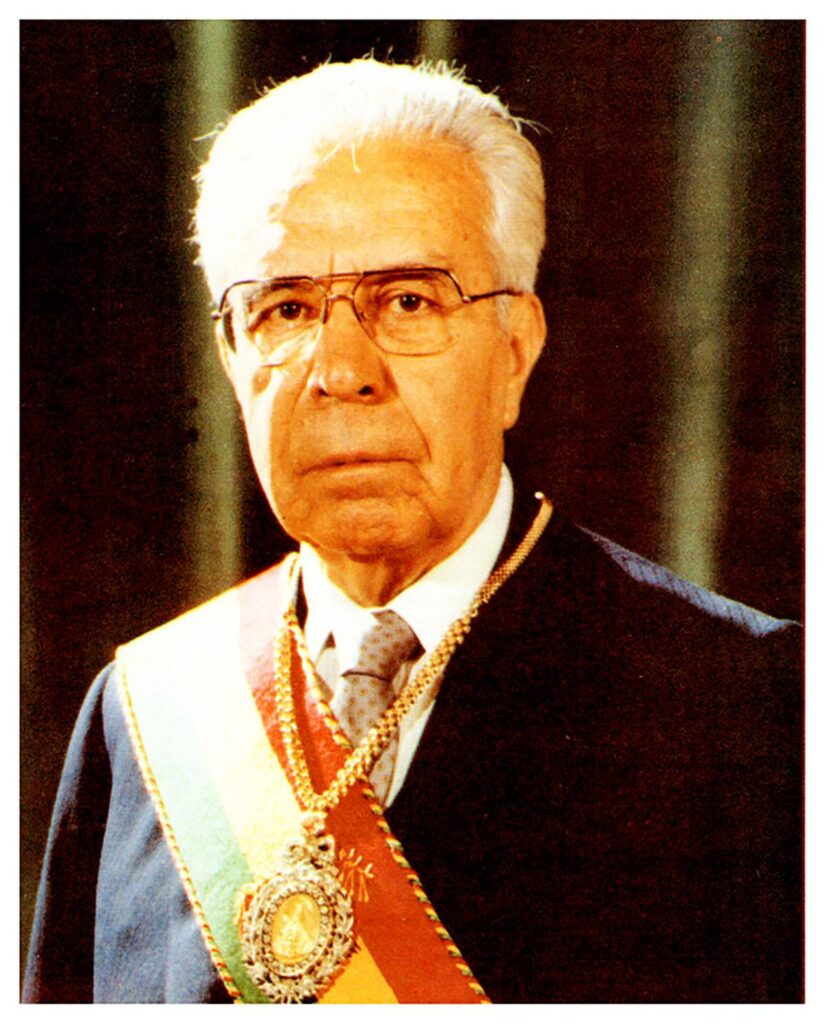
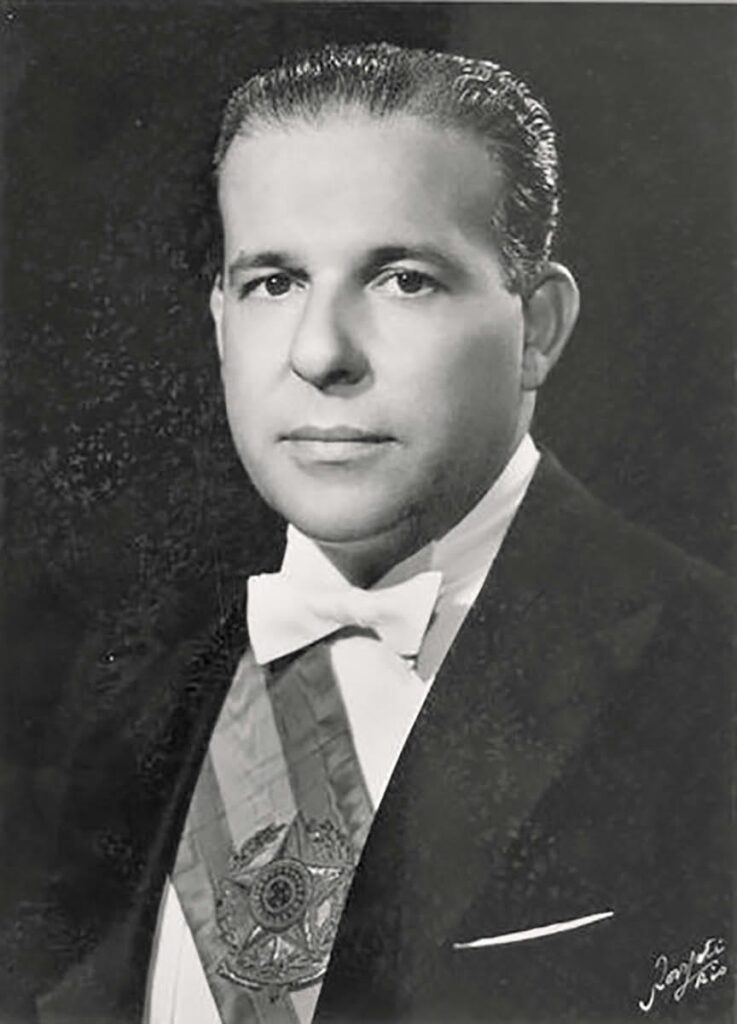
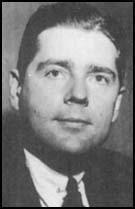
However, there is no large-scale CIA political operation in Brazil now. MR. FITZGERALD On the subject of Cuba) In June the NSC Special Group approved a CIA proposal for a package of covert actions against Cuba. The covert program assumes that means short of military action are to be attempted on the premise that at the present rate of progress, the Castro regime will be even more firmly entrenched because the passage of time runs in Castro’s favor. Mr. Fitzgerald turned to a listing of the approved CIA covert actions, remarking that if they seemed familiar proposals which were previously under consideration, it should be kept in mind that they have now been approved as “interdependent” actions.
The actions call for (1) covert collection of intelligence, (2) propaganda action to stimulate “low-key sabotage”, (3) stimulate disaffection among the Cuban military, (4) an economic denial program aimed at precluding acquisition of spare parts for industrial machinery, and other products needed by Cuba, (5) a sabotage program of a general nature, and (6) support of anti-Castro autonomous groups, by giving them money and the means to act, but under an arrangement which insures against attribution to the United States, and which precludes operations from U. S. or British soil. (The CIA philosophy is to back only the potentially powerful and effective anti-Castro groups, and the military is felt to be the best bet.)
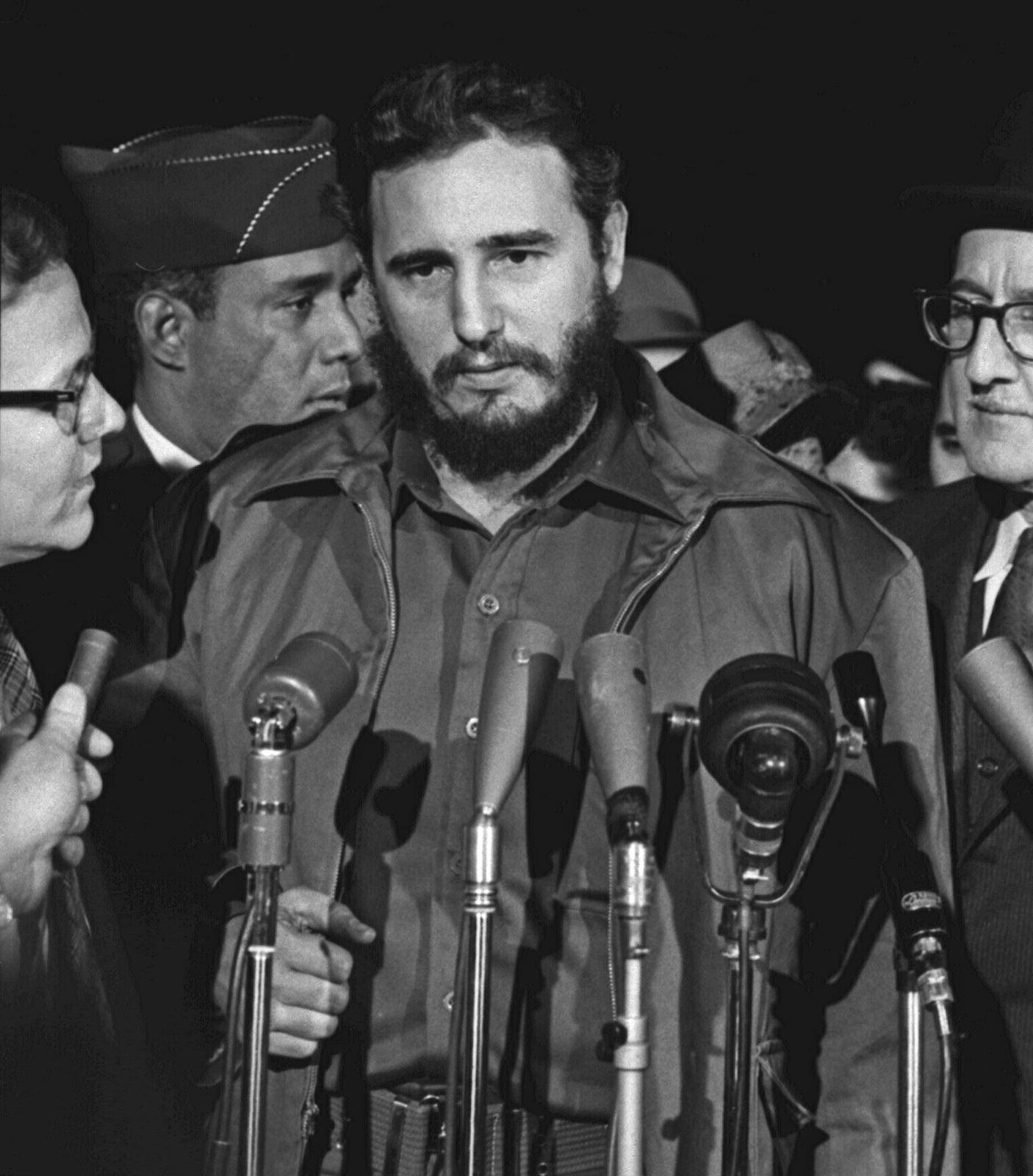
The CIA effort represents a shift from external raids t [sic] internal sabotage actions. CIA mounts about 10 “black” operations a month, and Castro security forces have taken their toll among the CIA teams. Three operations were conducted on August 17 and 18, and among other things the objective is to give encouragement to dissident Cuban elements such as military officers who see no professional future under Castro who is who is [sic] unloading military elements which aided him in his initial seizure of the government. (The Special Group, Mr. Bundy and other White House staff note the successful mounting of CIA’s sabotage operations and have asked for more to be conducted. CIA has found it necessary to resist any such pressures for these operations to be increased beyond the present effective capacity which CIA has at this time.)
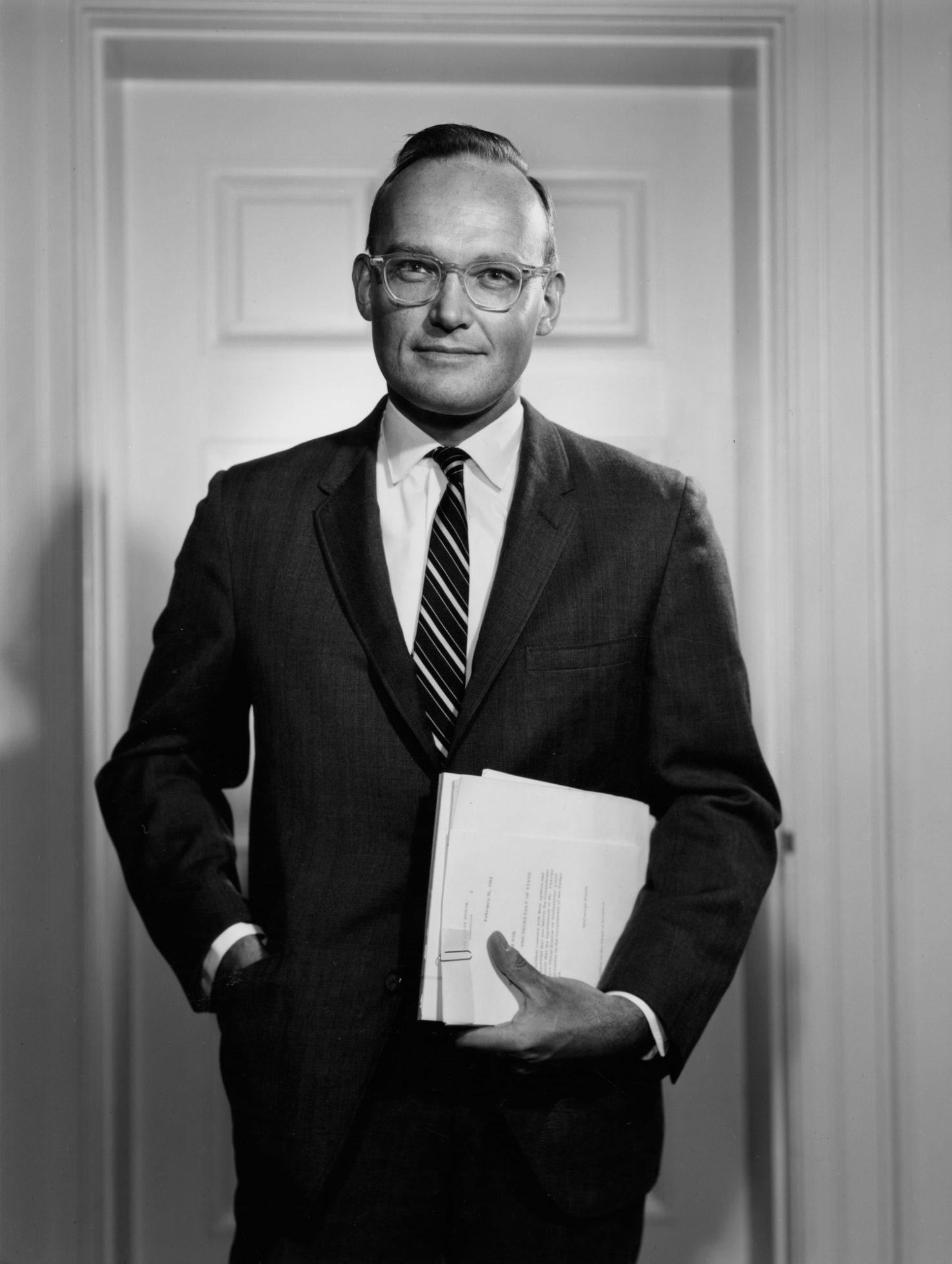
Again, referring to the Cuban economy, it is hurting badly. The United States has a monopoly on the spare parts for industrial machinery needed by Cuba, and the USSR cannot supply them. The Cuban electrical industry is particularly hard hit in this respect. Castro’s re-emphasis on an agricultural step-up means increased efforts to produce sugar, a crop which presents a goop [sic] sabotage target. Finally, the Soviet aid at a rate of $1 million a day (military and economic) is not enough to keep the Cuban economy going. Cubans are not starving but they do not eat “comfortably” even in the larger cities. CIA finds that a major problem for their “black” teams is food re-supply in areas where the Cubans are hard put to feed themselves. CIA assets being used against Cuba: Staff: 384 (Washington and Miami) U. S. contractor personnel: 83 Foreign nationals: 525 (mostly Cubans) Personnel at overseas posts: 45 DD/I staff: 12 NPIC: a big effort on U-2 photography of Cuba.
CIA considers that of all nationalities, the Cubans are the most unreliable (prone to exaggerate). The best information comes from non-Cuban agents. There are 108 agents in Cuba, including friendly diplomatic personnel. There are two illegal teams working, one of which has 200 sub-agents. There are 44 legal travelers working; 60 agents in Cuban shipping; and there are 31 penetrations of Cuban installations abroad. As to Soviet shipping into Cuba, CIA has an agent in every port, but observers cannot say what is in the crates they see being off-loaded. Since January CIA has disseminated 150 photographs taken by agents on-the-ground in Cuba. Also CIA has furnished its agents in Cuba more and better radio equipment.
CIA!s [sic] estimate of bloc personnel in Cuba: 12,000 Soviet troops; 150 Chinese (mostly diplomatic personnel); an unknown number of Soviet civilian technicians; and “a lot” of Czech and other bloc technicians working with the Cuban military forces. CIA considers that in the past 9 months progress has been made in (1) intelligence collection with respect to Cuba, and (2) effectiveness of the economic denial program. CIA feels that the “✗” factor is the volatility of the Cuban people whose resignation to their lot under Castro would change overnight if they see evidence of successful sabotage operations against the Cuban government.
CIA penetration of the Cuban military got under way in April. An agent brought out a Cuban Army major and he is being sent back into Cuba next week. The major says that there is a medium level acceptance among the military of the idea of overthrowing Castro, but although this view is held by individual members of the military they are fearful of communicating it to others within Cuba. The wife of the chief of training of the Cuban Army is a CIA source.
Defectors are naming military personnel to be contacted. There is, however, a fear of the Castro security system. The subject of specific kinds and amounts of Soviet military equipment in Cuba is an area of the worst exaggeration and reporting by nonprofessional observers. However, there is no evidence of offensive missiles. There are 47 MIG-21’s operated by Cuban pilots. Cubans are at the SA-2 sites and are being trained to operate them. We don’t know what is in the caves, exactly. Neither CIA agents nor Cubans (nor even Castro) has access to the Soviet armored camps.
A.R. Ash
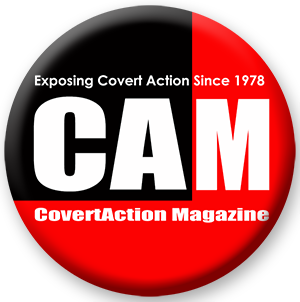
CovertAction Magazine is made possible by subscriptions, orders and donations from readers like you.
Blow the Whistle on U.S. Imperialism
Click the whistle and donate
When you donate to CovertAction Magazine, you are supporting investigative journalism. Your contributions go directly to supporting the development, production, editing, and dissemination of the Magazine.
CovertAction Magazine does not receive corporate or government sponsorship. Yet, we hold a steadfast commitment to providing compensation for writers, editorial and technical support. Your support helps facilitate this compensation as well as increase the caliber of this work.
Please make a donation by clicking on the donate logo above and enter the amount and your credit or debit card information.
CovertAction Institute, Inc. (CAI) is a 501(c)(3) non-profit organization and your gift is tax-deductible for federal income purposes. CAI’s tax-exempt ID number is 87-2461683.
We sincerely thank you for your support.
Disclaimer: The contents of this article are the sole responsibility of the author(s). CovertAction Institute, Inc. (CAI), including its Board of Directors (BD), Editorial Board (EB), Advisory Board (AB), staff, volunteers and its projects (including CovertAction Magazine) are not responsible for any inaccurate or incorrect statement in this article. This article also does not necessarily represent the views the BD, the EB, the AB, staff, volunteers, or any members of its projects.
Differing viewpoints: CAM publishes articles with differing viewpoints in an effort to nurture vibrant debate and thoughtful critical analysis. Feel free to comment on the articles in the comment section and/or send your letters to the Editors, which we will publish in the Letters column.
Copyrighted Material: This web site may contain copyrighted material the use of which has not always been specifically authorized by the copyright owner. As a not-for-profit charitable organization incorporated in the State of New York, we are making such material available in an effort to advance the understanding of humanity’s problems and hopefully to help find solutions for those problems. We believe this constitutes a ‘fair use’ of any such copyrighted material as provided for in section 107 of the US Copyright Law. You can read more about ‘fair use’ and US Copyright Law at the Legal Information Institute of Cornell Law School.
Republishing: CovertAction Magazine (CAM) grants permission to cross-post CAM articles on not-for-profit community internet sites as long as the source is acknowledged together with a hyperlink to the original CovertAction Magazine article. Also, kindly let us know at info@CovertActionMagazine.com. For publication of CAM articles in print or other forms including commercial internet sites, contact: info@CovertActionMagazine.com.
By using this site, you agree to these terms above.
About the Author

Chris Agee
Executive Editor
Jeremy Kuzmarov
Managing Editor
